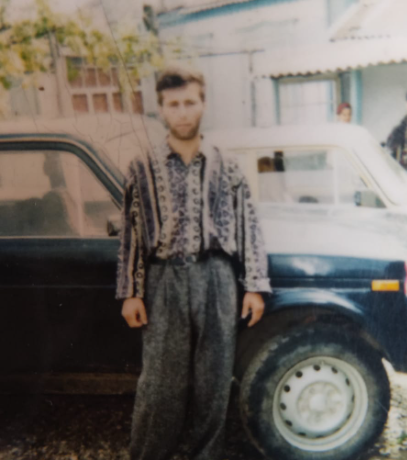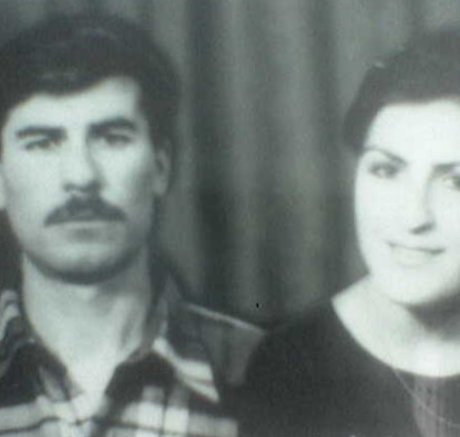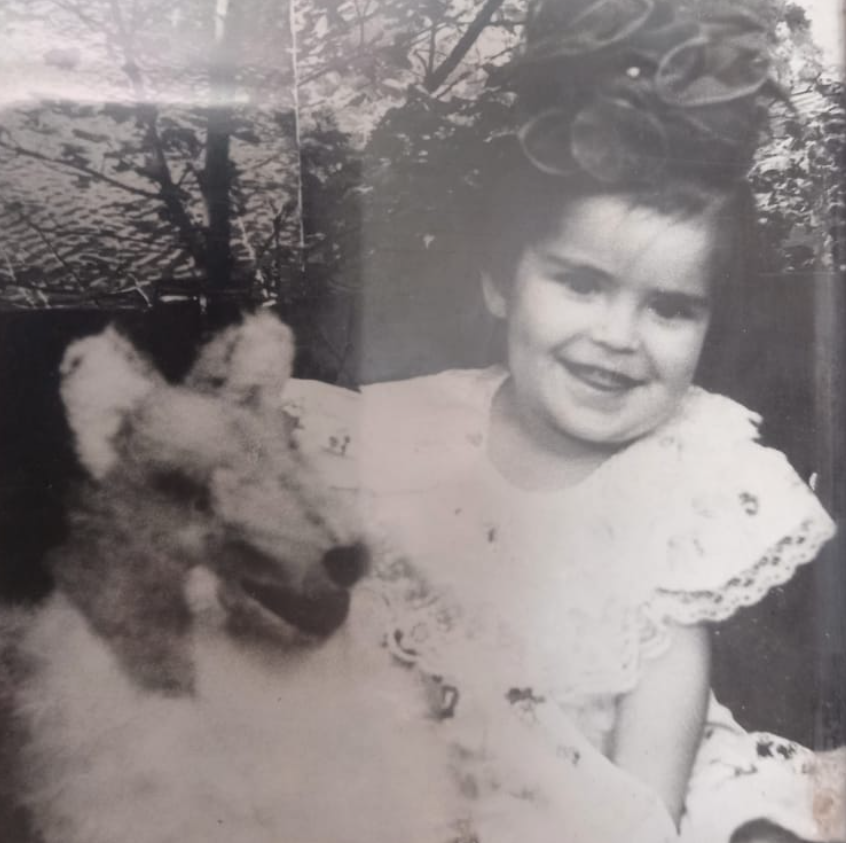These events have become a symbol of the second Russian-Chechen war. And an important milestone. After what happened in Novye Aldy, any further atrocities against the civilian population ceased to cause similar horror or anything like the initial, as it turned out even naïve, resentment. They have become commonplace in the Chechen life for many years to come, its routine. Like the ripples from a stone thrown into the water, the waves of the Novye Aldy massacre, multiplying and spreading in all directions, will disperse through the cities and villages of the Chechen Republic, look into every house, and affect every family, every inhabitant, in one way or another.
The history of the second Russian-Chechen war has not yet been written. But its components in the form of evidence of murders, abductions and tortures are collected and stored in the archives of human rights organizations. Here is but one of these stories…
12 February 2000. Not even a week has passed since the massacre in Novye Aldy. The southern outskirts of the village of Bachi-Yurt. At the Russian checkpoint on the road leading to the mountainous Nozhai-Yurt region, Akhmed Khunkarov, along with his wife Medna, seven-year-old daughter Zulikhan, and sister-in-law Fatima Abdulkhakimova got into his cousin Magomed-Emi Donguev’s car. All of them lived in the village of Yalkhoy-Mokhk and left their homes in the first months of the war. Now they have decided to return. By that time, the Chechen formations had gone even further into the mountains, and they believed that having occupied the village, the Russian troops would no longer fire at it.
The road from Bachi-Yurt in some places goes through the forest. The traffic along it was calm even in peacetime. And on that day, the Russian military, without notifying anyone in advance, tried to block it altogether. People traveled to Yalkhoi-Mokhk mostly on foot. They walked in groups, because they already knew that troops were concentrated in the surrounding forests and on the hills, where patrols were established. A man walking in one of these groups noticed armed men behind the trees next to the road. He shouted to his fellow travelers: “Get out of here quickly!”. After which everyone hurried to leave the unsafe place.
Magomed-Emi Donguev and his passengers were among the last to leave. Most likely, they did not notice anything suspicious along the way. And how and what happened to them, no one saw either. People who reached Yalkhoi-Mokhk before the road closure reported seeing a car riddled with bullets on the side of the road.

The villagers decided to check it out, but it was already impossible to go to the indicated place without military escort. Therefore, they turned to the nearest Russian unit. Under various pretexts, they were refused in the first two days. Permission was given only on the third day.
A car shot from automatic weapons was found a few kilometers from Yalkhoi-Mokhk. Bullet holes were found mainly on the left side. The villagers recognized the car – it belonged to Magomed-Emi Donguev. The body of the owner of the car was also found. Together with the bodies of Akhmed and Medna Khunkarovs and Fatima Abdulkhakimova, it was lightly covered with soil in a roadside rut.
The gunshot wounds of all four killed were also located mainly on the left-hand side. Akhmed Khunkarov was shot through the neck, Magomed-Emi Donguev had a similar wound. And all of them had their left arms smashed with bullets. However, according to the residents of Yalkhoi-Mokhk, they died not only and not primarily from these wounds.
It was quite obvious that the wounded people, pulled out of the car, were finished off in cold blood. Everyone, including women, had holes on their foreheads from control shots.

The villagers tried to find out from the soldiers accompanying them the reason for the execution of innocent people. However, they categorically denied their involvement in it. In their opinion, the murder may have been committed by the servicemen of the unit stationed at that time in a field near the village of Mairtup, Kurchaloy district.
Seven-year-old Zulikhan Khunkarova was not found. Relatives of those killed hoped that her parents had not taken her with them, and that the girl remained alive. This hope vanished when, a few days after the funeral, one of the villagers found a kids hat in the pocket of his jacket. Having picked up the car at the place of shelling, he put it in his pocket and forgot it. The hat had a round hole, bloodstains, and children’s hair.
The residents of Yalkhoi-Mokhk turned to the military, who accompanied them during the inspection of the shot car and the discovery of the remains of its driver and passengers, to assist them in the search for the girl. Together they went back to the scene of the crime. This time, the Russian officer ordered his subordinates to dig in two places and even showed himself exactly where to do it. A child’s foot appeared in one of the pits. The murdered girl was buried a hundred meters from the road. The excavation of the second pit was immediately suspended.
Since the officer confidently pointed to two possible burial sites of seven-year-old Zulikhan Khunkarova at once, the residents of Yalkhoi-Mokhk concluded that their fellow villagers were not the only ones who found their death there. In their opinion, a man, women, and children from Bachi-Yurt could have been buried there in the forest as well. At that time, there was talk about their abduction by the Russian military and their subsequent disappearance without a trace in all the surrounding settlements. What kind of people they were and whether they were in fact found later is unknown. In the archives of human rights organizations, this case is noted as requiring additional research.
One can get acquainted with some of the many thousands of crimes of the second Russian-Chechen war, collected and systematized in the electronic database of the Natalia Estemirova Documentation Center at the Norwegian Helsinki Committee (NEDC).
Contact us
Employee
